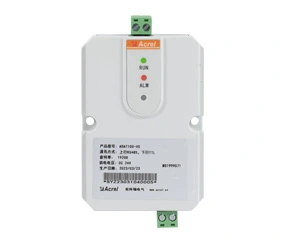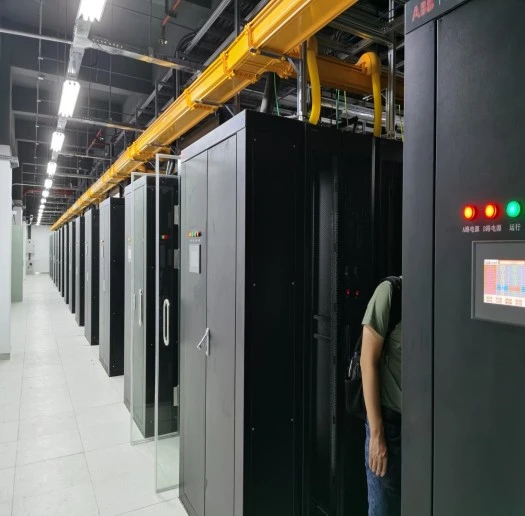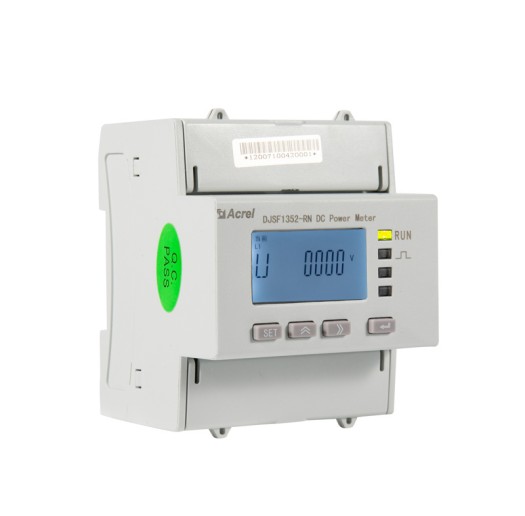

A power cord without a filter is akin to a residential community without security guards at its entrance; the safety of the community is not guaranteed. Therefore, a filter must be installed on the power cord of electronic devices. Harmonic filters allow the energy used by the device to pass through while blocking excess electromagnetic interference energy. It is evident that harmonic filters can play an important role in practical applications.
Harmonic filters consist of capacitors, inductors, and resistors making up a filter circuit, also known as "power EMI filters" or"EMI harmonic filters." "Low-pass filters," with one end connected to the power source and the other to the load. The principle of harmonic filters is an impedance matching network: harmonic filters are more effective at attenuating electromagnetic interference the better the impedance matching between the input/output sides and the power/load sides. Filters installed at the front end of protected equipment effectively filter out interference noise from the power grid, enhancing the interference resistance of disturbed equipment, ensuring its normal operation. Installing them at the front end of interfering equipment can purify the power grid, allowing the equipment to pass EMC testing.
The harmonic filters should not have electromagnetic coupling paths
The power input wire is too long;
The input and output wires of the harmonic filters are too close to each other.
Both of these are incorrect installation methods. The issue lies in the clear electromagnetic coupling path between the harmonic filters' input and output wires. Thus, the EMI signal present on one end of the filter escapes its suppression and directly couples to the other end without attenuation. Therefore, the input and output wires of the filter need to be effectively separated.
Moreover, if the harmonic filters is installed inside the equipment's shielding, the EMI signals on the device's internal circuits and components will radiate onto the filter's (power) leads, coupling directly to the outside, causing the filter's shielding to fail in inhibiting EMI radiation generated by internal components and circuits. Likewise, if there are EMI signals on the filter (power), they will couple onto the internal components and circuits through radiation, compromising the filter and shielding's EMI suppression effectiveness. Therefore, it serves no purpose.
Do not bundle cables together
Generally, when installing a harmonic filter within electronic equipment or systems, avoid bundling the filter's (power) and (load) wires together, as this increases electromagnetic coupling between the filter's input and output ends, severely undermining the filter and equipment shielding's EMI suppression capabilities.
Avoid using long grounding wires
The harmonic filters output connecting to the inverter or motor wiring should not exceed 30 centimeters.
Long grounding wires significantly increase grounding inductance and resistance, severely damaging the filter's common-mode suppression capability. The best method is to securely fix the harmonic filters shielding at the device power input housing using metal screws and star spring washers.
Maintain a distance between the harmonic filters' input and output wires, avoiding parallel placement to prevent reduced filter efficiency
Ensure good contact between the harmonic filters housing and the cabinet housing
The metal housing of inverter-specific filters must ensure good surface contact with the cabinet housing, with proper grounding connections.
It is advisable to use twisted pair cables for connecting harmonic filters
Harmonic filters input, output connection cables should preferably use shielded twisted-pair cables to effectively eliminate some high-frequency interference signals.
 English
English 日本語
日本語 한국어
한국어 français
français Deutsch
Deutsch Español
Español italiano
italiano русский
русский português
português tiếng việt
tiếng việt Türkçe
Türkçe العربية
العربية






